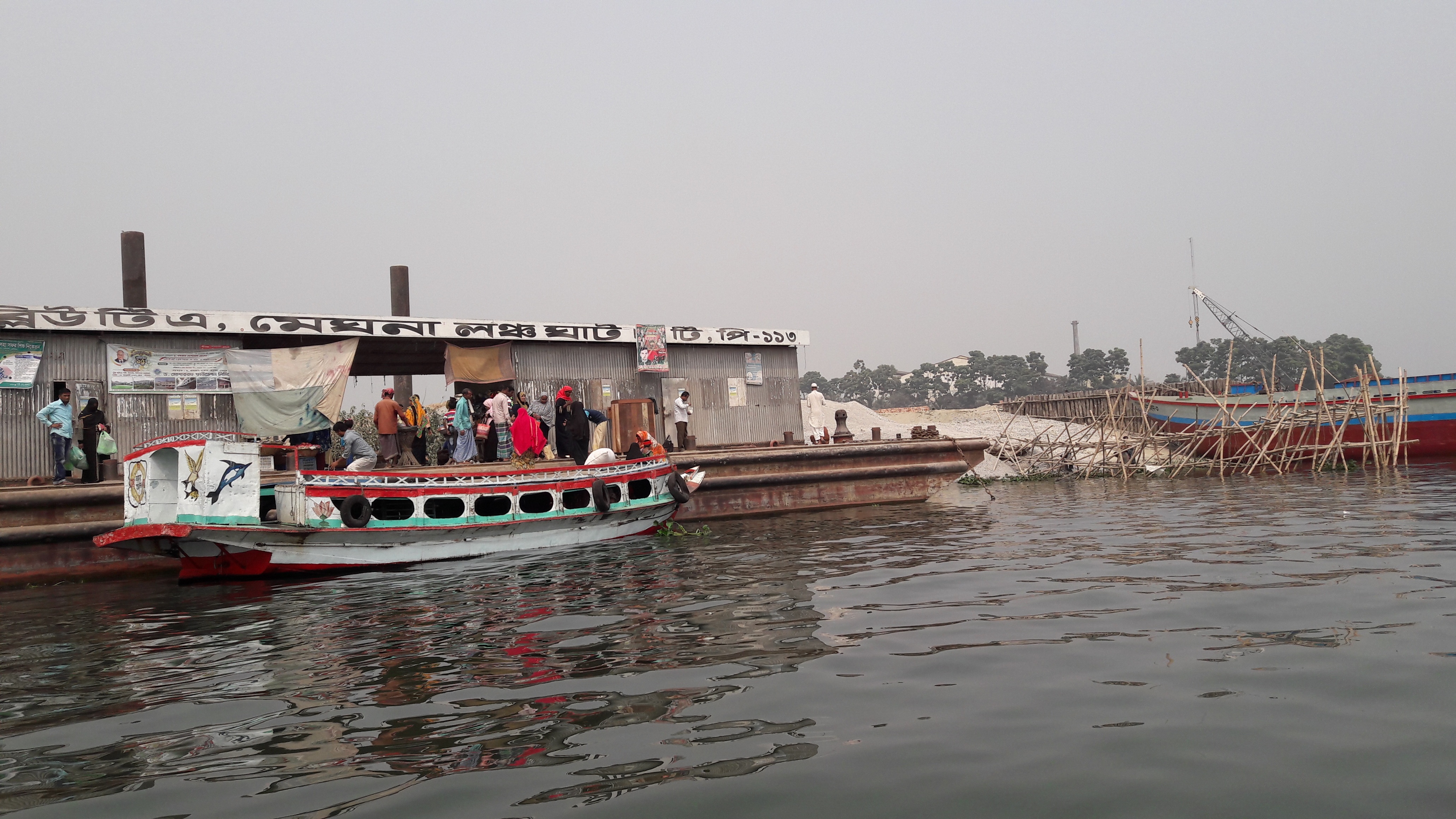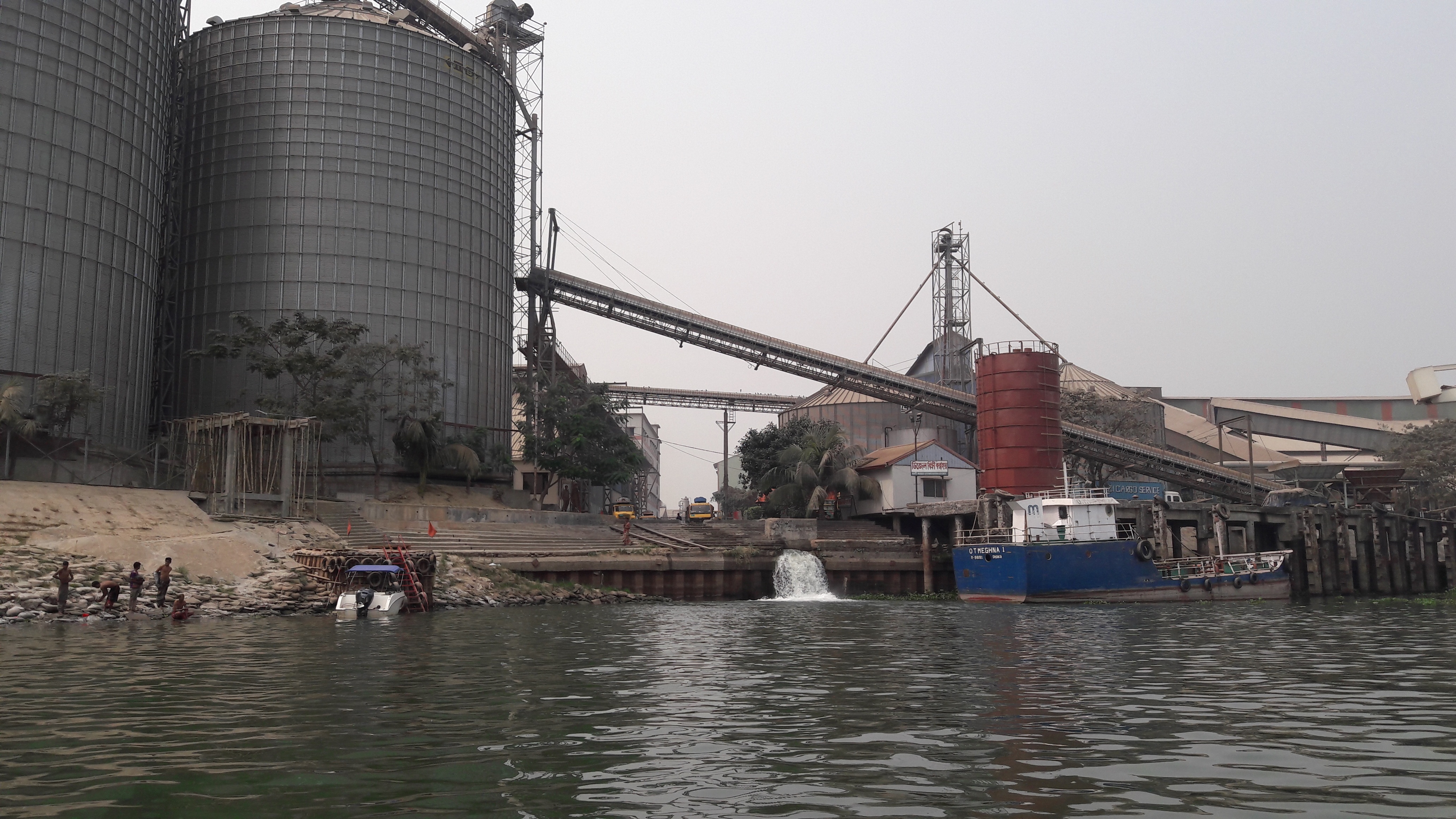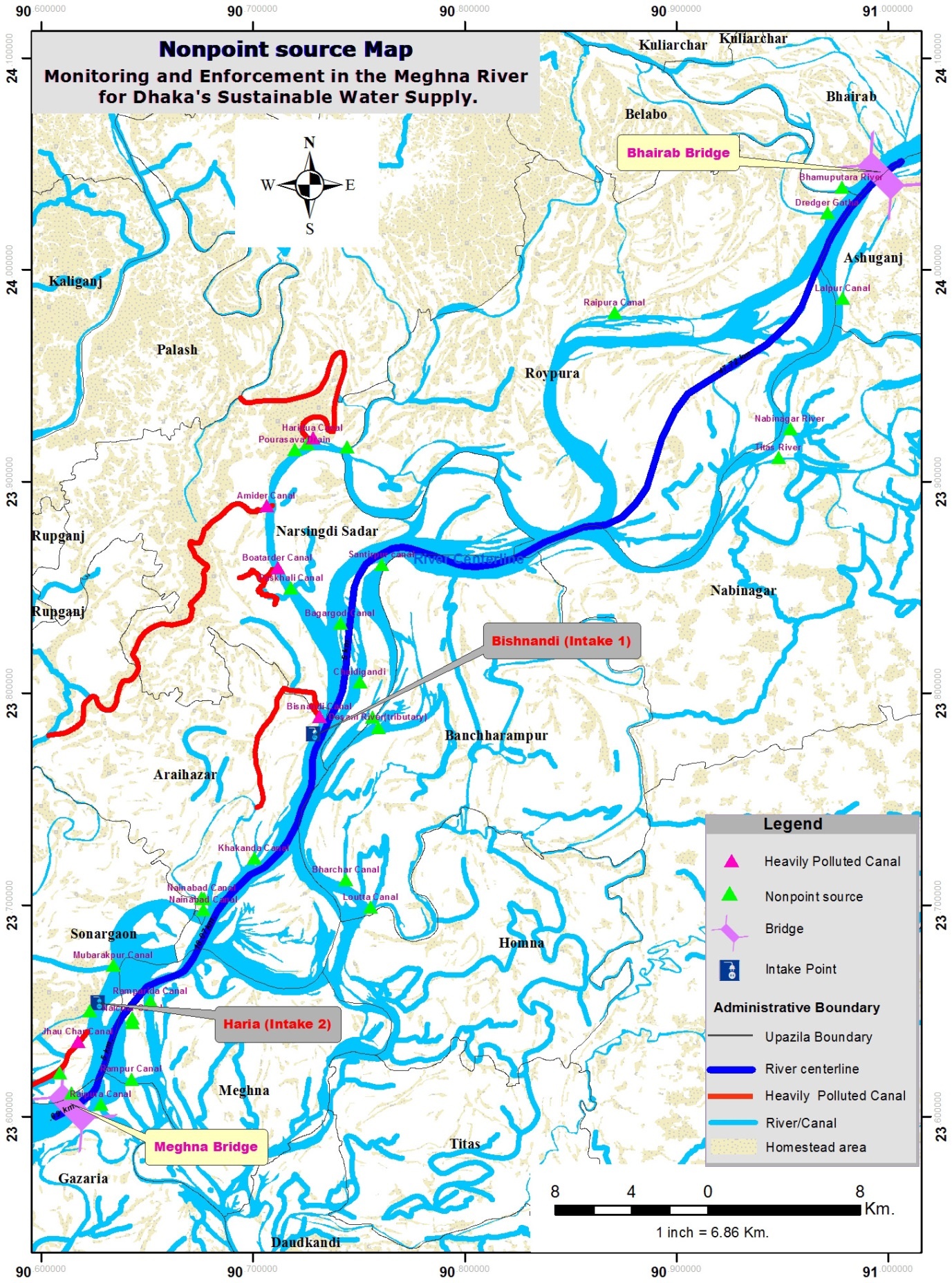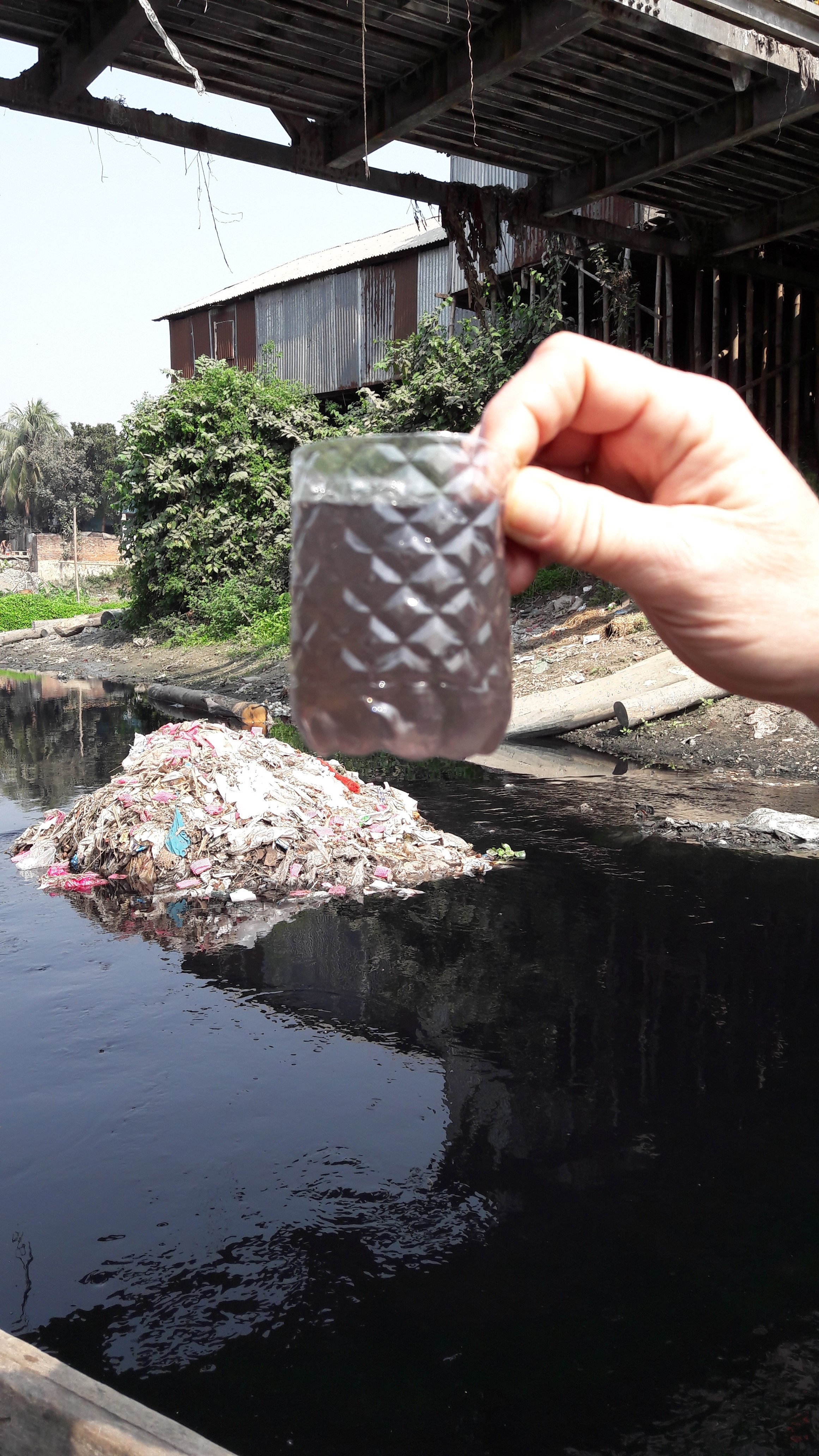History and Background Information
Bangladesh is home to an estimated 169 million people (July 2015), of which over 17 million live in the capital, Dhaka. The country has an estimated population growth rate of 1.6%[1]. Population growth, along with competing demands for water, pollution and other natural hazards, are putting increasing strain on Bangladesh’s drinking water supply. Depletion of groundwater beyond acceptable levels can cause drying up of wells, triggering further shortages and the reduction of water levels in streams and lakes. This can significantly damage the local ecology, resulting in a deterioration of water quality, increased pumping costs, and land subsidence, which pose a direct threat to human lives.
Since 1993, the Multiple Indicator Cluster Surveys (MICS), with technical support from UNICEF, have gathered data about drinking water and sanitation in Bangladesh. According to their most recent study in 2012-2013, 90.6% of the Bangladeshi population depends on tube wells or boreholes (both groundwater supplies) for drinking water[2]; this accounts for 94.3% of rural households[3]. Despite having access to improved drinking water sources, many Bangladeshis are exposed to poor water quality. The National Drinking Water Quality Survey (NDWQS), published in 2009, found that 22 million households in Bangladesh are drinking water that does not meet the Bangladesh drinking water standard for arsenic. In addition, 41.7% households sampled had a medium, high or very high risk of E.coli in their source water (over 1 cfu/100ml). High iron and manganese concentrations are also major concerns[3]. Microbial water quality studies have not been carried out to date.
Although groundwater quality has been studied extensively in Bangladesh, there is a huge gap in knowledge about surface water quality. A few surface water quality studies have taken place by independent groups, but these usually include costly lab procedures in order to determine water quality parameters. The conclusion of the NDWQS by Carel de Rooy, then UNICEF representative in Bangladesh, is that “strengthening local testing capacity is crucial”[3]. Alternative water sources (such as surface water) that do not pose a threat to human health and can be monitored by local authorities is necessary in order to secure clean, reliable sources of drinking water for the citizens of Bangladesh.
Description of Water Problems
Dhaka’s drinking water supply mainly comes from groundwater sources. However, population growth and increasing water demand and use leads to risks for the people and the environment of Dhaka and the surrounding area. DWASA is looking towards surface water as an alternative source of drinking water; however, to date, they are lacking data to make informed decisions concerning operational and management decisions and infrastructure development. Furthermore, laboratories which can provide water quality data are often expensive and, in Bangladesh’s case, inaccurate, making access to data very difficult.
At present, water is being used form the Buriganga and Sitalkhya Rivers. Since the quantity in these rivers is insufficient and the water quality of both rivers is poor and unsuitable as a drinking water source, the Meghna River, 30 km east of Dhaka, has been chosen as an alternative source of water. Two future extraction points have already been selected to supply a source of drinking water. These intake points will account for more than 40% of DWASA’s water supply by 2021. As such, it is critical to strengthen the monitoring and enforcement mechanism for the Meghna River.
Current Situation
A recent analysis of the water quality in the Meghna River shows that it is still good. All of the national River Water Quality standards are currently being met. However, it is at great risk of significant contamination as industrial and residential developments increase rapidly along the Meghna River. Two important developments located on the riverbanks have already been identified: the Meghna Economic Zone (MEZ) and Export Processing Zones (EPZ). The MEZ will be developed with industries such as pulp and paper, PVC, oil refineries, power plants, petrochemicals, and ceramics; it is expected to create over 20,000 jobs. There are currently eight EPZs; a ninth one is scheduled to open in the future, and the government has announced that 100 new EPZs will be created in the next 15 years.
There are provisions in national policy and law for the majority of issues related to water management and pollution control, such as: water quality; water allocation; water conservation (including environmental flows, ecologically critical areas, and groundwater); off-stream water uses (including agriculture/irrigation, domestic water supply, and industry); monitoring; compliance; enforcement; and dispute resolution. There does not appear to be a provision in either national policy or law to control non-point sources of pollution.
The DoE, under the Ministry of Environment and Forests, is mandated to govern and control water quality and water pollution control. However, they do not have the sufficient staff to regularly monitor and enforce necessary actions, such as suspension of activities or imposing fines. A consortium led by Deltares is implementing an ADB-financed project titled: “Strengthening Monitoring and Enforcement in the Meghna River for Dhaka’s Water Supply”. This two-year project started in November 2015.
The main objective of the ABD project is to ensure sufficient water quality for the present and in the future. The project’s goals are the following:
- Effective enforcement by DoE;
- Pollution Control Policy to take measures for pollution prevention; and
- Increased awareness about pollutants by local government bodies and the general public, resulting in a commitment for pollution control measures.
Project Location
The proposed project will take place near the Meghna River in Bangladesh. The Meghna River originates in Bangladesh and is one of the three rivers that form the Ganges Delta. It is one of the most important rivers in Bangladesh. Two tributaries of the Meghna River, the Bisnandi and Jhawchar Canals, have been selected for this pilot project. They are located nearby the proposed future drinking water intake locations.
The Bisnandi Canal is located just upstream of the Bisnandi intake point. There is a considerable threat to water quality at that intake point. The Bisnandi Canal receives discharges from numerous small- and medium-sized textile industries, as well as untreated domestic wastewater from the housing areas located along the canal. The canal is highly polluted.
The Jhawchar Canal is located just downstream of the second proposed intake point at Haria. This canal is also affected by domestic wastewater discharges and by the discharge of a paper mill. It is one of the most polluted tributaries of the Meghna. Due to tidal impacts on the Meghna River (tidal excursion), water quality in this canal could impact the drinking water intake point at Haria.
[1] Central Intelligence Agency. (2016, July 12). Bangladesh. Retrieved August 2, 2016, from The World Factbook: https://www.cia.gov/library/publications/the-world-factbook/geos/bg.html
[2] Bangladesh Bureau of Statistics and UNICEF Bangladesh. (2015). Bangladesh Multiple Indicator Cluster Survey 2012-2013, ProgotirPathey: Final Report. Dhaka: UNICEF.
[3] Bangladesh Bureau of Statistics and UNICEF Bangladesh. (2011). Bangladesh National Drinking Water Quality Survey of 2009. Dhaka: UNICEF.



